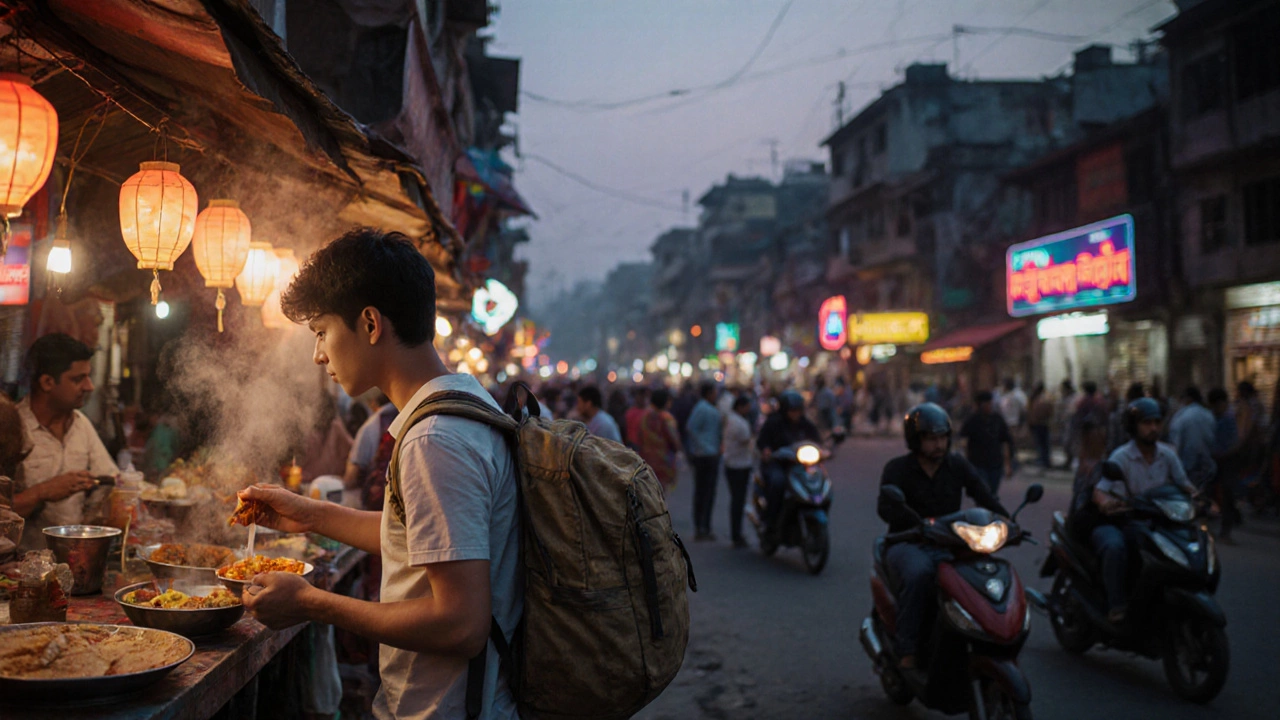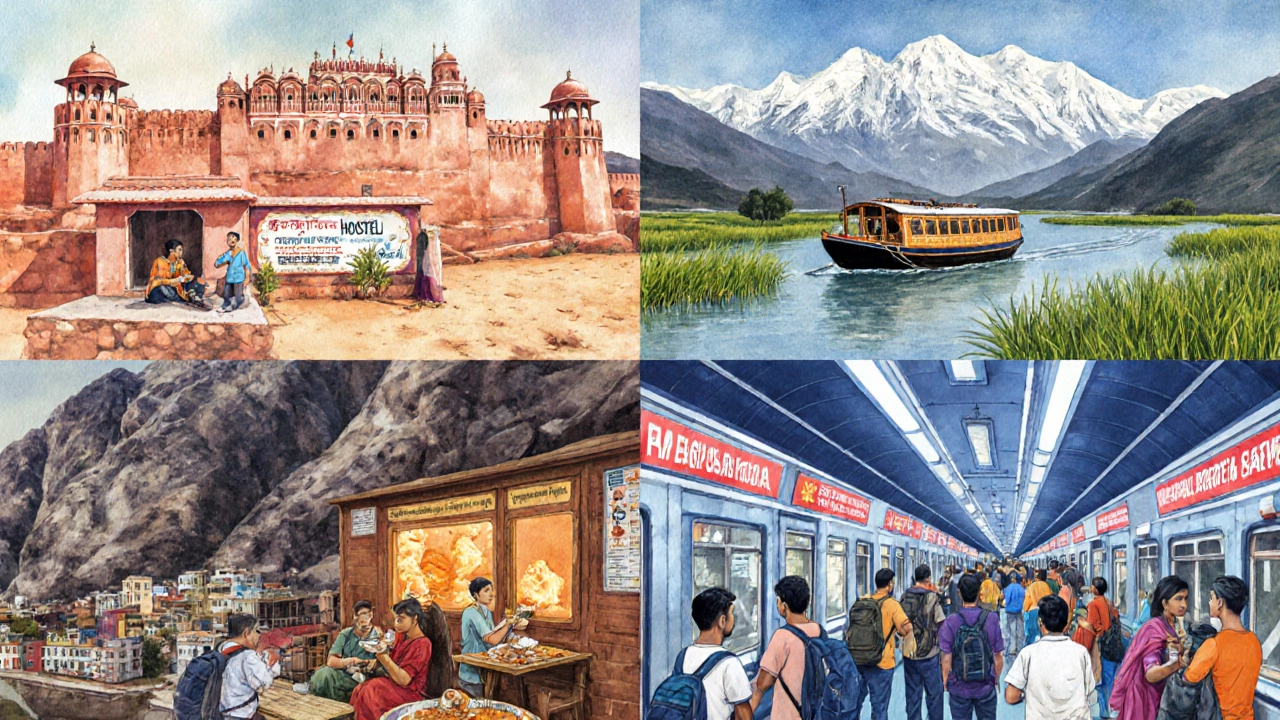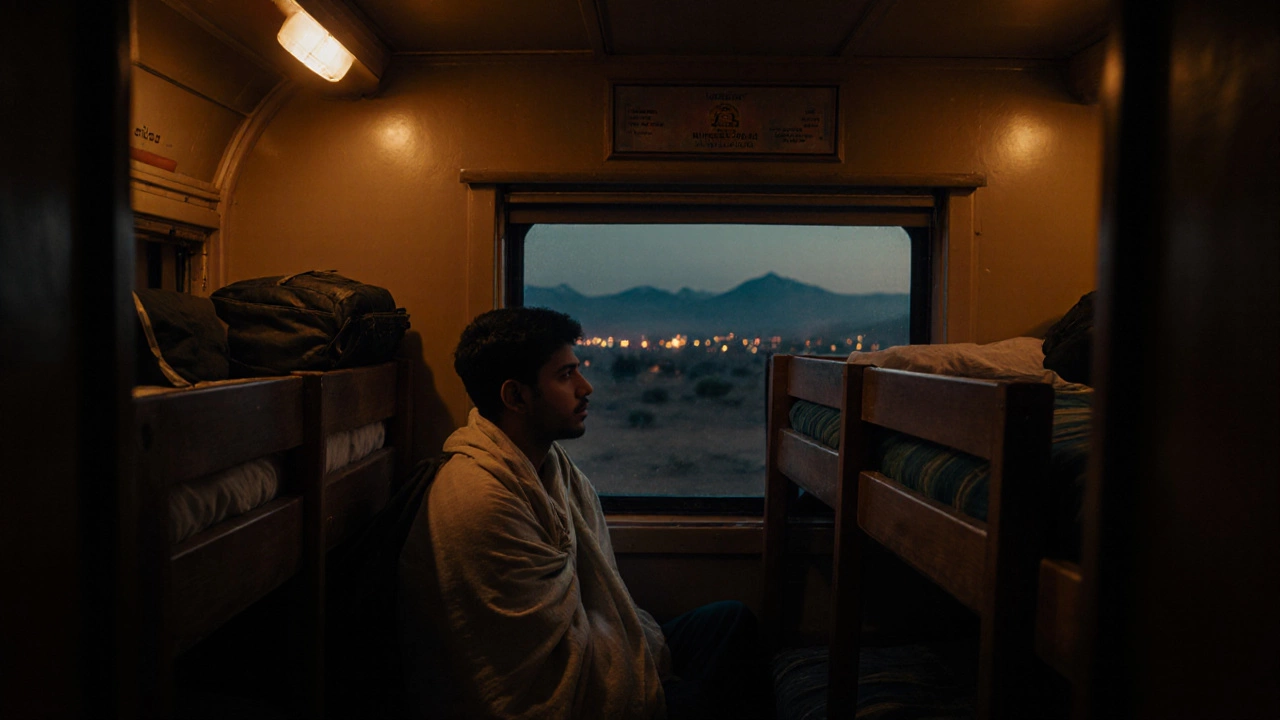Is India Still a Budget Travel Destination in 2025?
 Oct, 18 2025
Oct, 18 2025
India Budget Travel Calculator
Your Trip Details
Estimated Daily Budget
Based on 2025 rates
Tip: Travel during shoulder season (Oct-Nov, Feb-Mar) to save 15-25% on costs.
How Your Budget Compares
India remains the most affordable budget destination in the region:
Travelers keep asking whether India can still be explored on a shoestring budget. The short answer: yes, but the numbers have shifted. In 2025 the Indian rupee has weakened against the dollar, inflation has risen, and a wave of low‑cost airlines has made internal flights cheap. At the same time, popular tourist hotspots have grown pricier as demand spikes. This article breaks down where you can still stretch every dollar, which regions have become costlier, and how India compares to neighboring budget favorites.
How costs have changed since 2020
Back in 2020 a backpacker could survive on roughly USD 25‑30 per day in most parts of the country. Today that figure sits closer to USD 35‑45, according to a 2024 survey by the Indian Ministry of Tourism. The jump isn’t dramatic, but it’s enough to force a rethink of daily spending.
The biggest price drivers are threefold: the post‑COVID surge in domestic tourism, a 6% rise in the consumer price index, and a 12% depreciation of the rupee against the US dollar. While luxury resorts have seen double‑digit price hikes, budget hosts, street eateries, and public transport have largely kept pace with inflation, leaving room for frugal travelers.
What drives travel expenses in India today
Understanding where your money goes helps you trim the fat. The major expense buckets look like this:
- Accommodation - hostels, guesthouses, and budget hotels dominate the low‑cost market. A dorm bed in Delhi or Mumbai costs around INR 400‑600 (USD 5‑8) per night.
- Food - street food is both cheap and safe if you pick bustling stalls. A plate of masala dosa in Kerala is typically INR 50‑80 (USD 0.60‑1).
- Transport - Indian Railways and budget airlines like IndiGo and SpiceJet keep intercity travel affordable. A second‑class train ticket from Delhi to Jaipur is around INR 300 (USD 4).
- Activities - temple entry fees, park permits, and guided tours vary. Many heritage sites charge nominal fees, while adventure sports can add up.
When you add a modest amount for visas, travel insurance, and occasional splurges, the daily budget stabilises around USD 35‑45 for most travellers.
Regional cost breakdown for budget travellers
India isn’t uniform; costs differ dramatically between the north, south, east, and west. Below is a quick snapshot of what you can expect in 2025.
- Delhi - the capital is pricey for a budget stay. Expect INR 600‑900 for a dorm, INR 120‑180 for a street meal, and INR 500‑800 for a day‑trip metro pass.
- Rajasthan - deserts and forts keep costs low. Hostels in Jaipur start at INR 350, and a thali (meal) costs INR 70‑100.
- Kerala - the backwaters are surprisingly affordable. Guesthouses range INR 400‑650, while fish curry meals sit at INR 80‑120.
- Himachal Pradesh - mountain towns like Manali have a slight premium. Dorms are INR 500‑750, and a bowl of momos runs INR 60‑90.
Even within a single state, tourist hotspots such as Goa or Agra command higher prices than surrounding rural areas. If you stick to off‑beat towns and use local transport, the lower end of the budget range stays realistic.

Comparing India to other popular budget destinations
Many travellers wonder how India stacks up against Southeast Asian favorites. The table below uses data from Numbeo (2025) and the World Tourism Organisation to compare average daily costs for solo backpackers.
| Country | Accommodation | Food | Transport | Total |
|---|---|---|---|---|
| India | 7 | 5 | 6 | 18 |
| Vietnam | 8 | 6 | 7 | 21 |
| Thailand | 10 | 8 | 9 | 27 |
| Indonesia | 9 | 7 | 8 | 24 |
India remains the cheapest of the four, especially when you factor in the breadth of experiences-from the Himalayas to Kerala’s backwaters.
Tips to stretch your budget in 2025
Even though costs have nudged up, a few smart moves keep the trip affordable:
- Travel during the shoulder season (October‑November or February‑March). Accommodation and flight prices dip 15‑25%.
- Use budget airlines for long distances. Booking 6‑8 weeks ahead secures the best fares.
- Book Indian Railways tickets online; sleeper class is cheap and a cultural experience.
- Stay in hostels or homestays rather than hotels. Many hostels also organise free city tours. \n
- Eat where locals eat. Street stalls and dhabas serve hearty meals for a fraction of restaurant prices.
- Watch the exchange rate. With the INR at around 83 per USD in mid‑2025, converting cash in larger cities offers better rates than airport kiosks.
- Leverage free attractions-most temples, markets, and parks have no entry fee.
These habits can shave USD 5‑10 off your daily tally, bringing the budget back toward the 2020 sweet spot.

Quick checklist for a cheap Indian adventure
- Set a daily budget target (USD 35‑45).
- Download essential apps: IRCTC (train tickets), Goibibo (flights), and Hostelworld.
- Carry a mix of cash and a no‑foreign‑transaction‑fee card.
- Book accommodation in advance for major cities, but stay flexible for smaller towns.
- Plan at least one off‑beat destination per region to avoid tourist premiums.
Frequently Asked Questions
Is India still cheaper than Nepal for backpackers?
Yes, on average India’s daily costs are about 10‑15% lower than Nepal’s, especially for accommodation and food. However, trekking permits in the Himalayas can bring expenses up in both countries.
Do I need a visa to travel across India?
Most nationalities can obtain an e‑tourist visa online, valid for 60 days and multiple entries. The fee starts at USD 10 for a 30‑day stay.
What’s the safest way to carry money?
Carry a mix of cash and a debit/credit card with no foreign‑transaction fees. Use a money belt or hidden pouch for cash, and keep a digital backup in a secure app.
Are there any hidden costs for women travelers?
Generally no, but some upscale hotels charge higher rates for single‑occupancy rooms. Booking a shared dorm or a guesthouse avoids that extra fee.
How reliable are budget airlines in India?
Major budget carriers like IndiGo, SpiceJet, and GoAir have on‑time performance comparable to legacy airlines. Booking a few weeks ahead reduces the chance of overbooked flights.